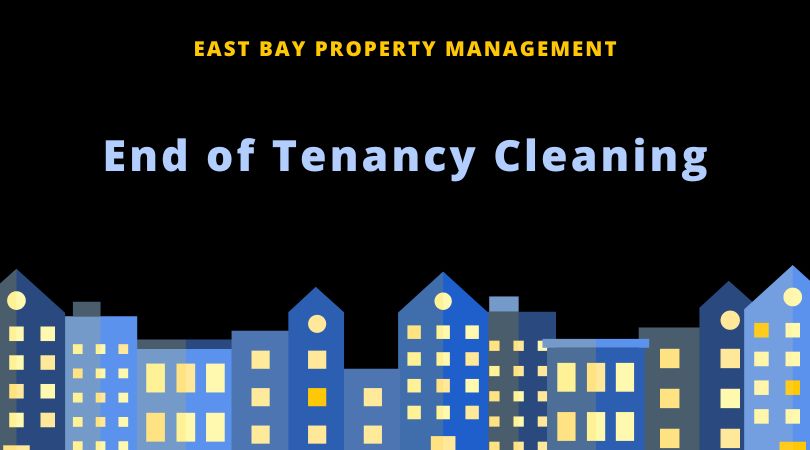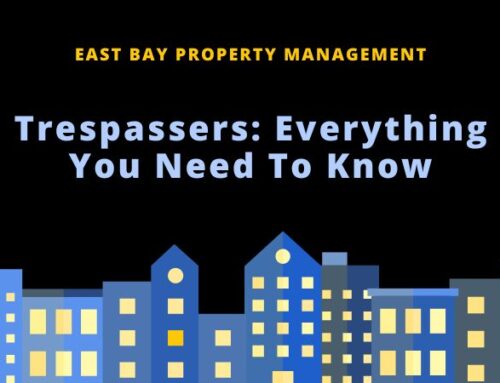When a tenancy expires and a tenant sends their move-out letter, they must vacate the property and leave it in the condition they found it. It’s not only respectful, but necessary. If tenants don’t do their due diligence, landlords may make deductions from their security deposit.
To avoid confusion and conflicts, make sure to include any specific details in the lease agreement, conduct a move-in inspection, and let the renters know they’re expected to conduct end of tenancy cleaning.
Defining End of Tenancy Cleaning
Before a tenant vacates a rental property, it is their responsibility to tide the place, which can mean cleaning out the furniture, dusting the furnishings, and mopping the floors. This is called end of tenancy cleaning. The goal of end of tenancy cleaning is to leave the unit in the condition it was before the tenant occupied it.
The Goal of End of Tenancy Cleaning
Every renter has a duty to return the rental unit to its prior state. For instance, if a tenant changed the paint color or wallpaper of the unit, they must change it back to how it was. If any appliances break or the resident causes any damage, it is also the tenant’s responsibility to oversee repairs.
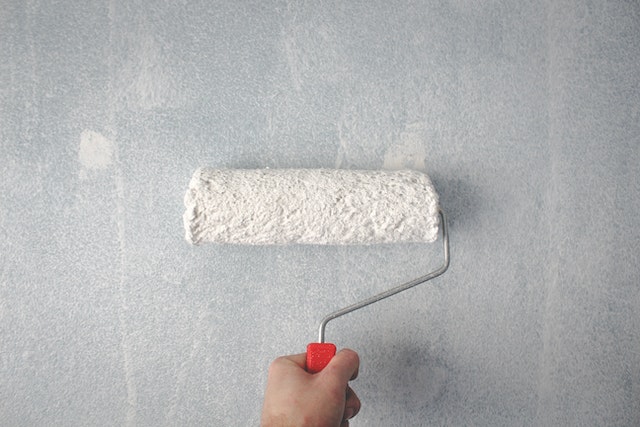
The degree of cleanliness should match the one presented during move-in. If the standards aren’t met, deductions from the security deposit may be made. Make sure to familiarize yourself with security deposit laws to avoid potential disputes.
Level of Cleanliness
Since cleaning standards may be subjective, having an end of tenancy cleaning checklist can be helpful, as it creates a point of reference for both parties. Landlords can only require renters to present a unit that looks the way it was before. They can’t expect the renter to do more, such as cleaning an area that was not orderly during the move-in day.
Conducting a tenant walk-through inspection and collecting documentation is vital. Take pictures, notes, and videos as proof of the rental’s appearance. This makes it easier for tenants to compare later on. They can also show the images as a reference if they plan to hire professional cleaners for end of tenancy cleaning.
If the cleaning is completed adequately, the security deposit can be returned in its full amount.
Managing Normal Wear and Tear
Signs of wear and tear are very common. As time passes and occupants repeatedly use the rental’s furnishings and appliances, the items may begin to decline. You’re likely to discover marks, stains, and scratches on your rental’s interiors. Window blinds, curtains, wallpaper, and paint are bound to fade or appear dull after several years.
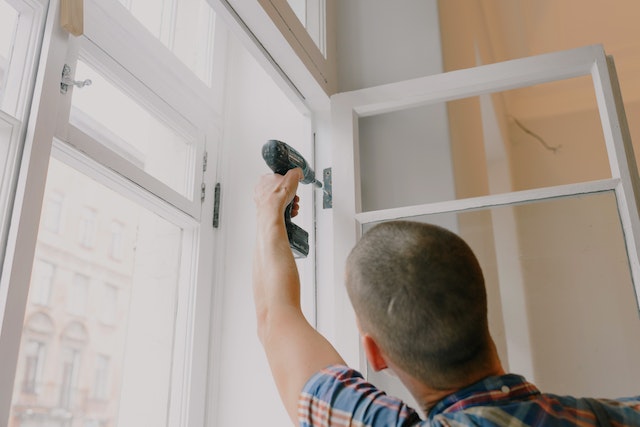
Since an object’s depreciation is to be expected, landlords shouldn’t expect the renters to cover the replacement or repair of the item. Landlords can only deduct repair costs from the security deposit if damages are a result of tenant abuse or negligence, and not due to normal wear and tear.
End of Tenancy Cleaning Checklist
If a renter decides to move out of a rental property, they must return a unit that matches its original state. They may choose to perform the cleaning themselves or hire professional cleaners.
To make it hassle-free, creating an end of tenancy cleaning checklist is vital. When a rental looks immaculate and tidy, it’s easier for landlords to schedule show house viewings and shorten the vacancy or the income interruption.
Here are some things to include in an end of tenancy cleaning checklist:
Walls, Doors, and Ceilings
- Retouch paint when wall marks are visible.
- Clean the light switches and socket areas.
- Dust the surfaces and handles of doors and windows.
- Wipe the mirrors with a clean cloth.
- Dust over the window frames.
Fixtures and Furnishings
- Run a clean cloth over the tops of closets, shelves, and cupboards.
- Wipe the curtain rods, mirrors, and picture frames.
- Remove dust from lampshades and light bulbs.
- Vacuum the sofa and under it.
- Remove clutter from inside drawers and cupboards.
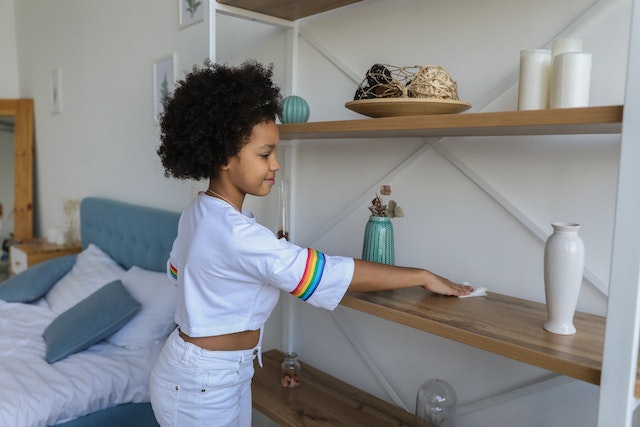
Bathrooms
- Remove hard water stains to prevent bathtub build up.
- Clean toilets using a disinfectant.
- Remove mold from the tile grouts with an old toothbrush.
- Use vinegar or lemon juice to rub the basin and taps clean.
Kitchens
- Wipe the kitchen countertops.
- Degrease the oven.
- Get rid of any limescale from the kitchen sink.
- Empty the refrigerator and clean the inside.
- Throw away the garbage and disinfect the bins to remove foul odors.
- Brush the dirt off the wall tiles.
- Mop the kitchen floors.
- Clean small appliances meticulously, such as blenders, toasters, and kettles.
- Properly store the cutlery and dishware after cleaning.
Carpets
Make the rental space attractive by cleaning the carpet. Vacuum the carpet area and its surroundings. Steam clean to remove the stains. Move the furniture aside to clean the entire area thoroughly.
Leave the carpet to dry for a sufficient amount of time to avoid unpleasant odors.
Outdoor Spaces
Performing end of tenancy cleaning should also extend to outdoor spaces. Maintain an attractive curb appeal by removing clutter and trash, getting rid of weeds, and raking the leaves.
Bottom Line
Presenting a clean rental unit makes it easy for landlords to gather potential renters. Are you looking for a trusted property manager to help you maintain your rental space, market your vacant unit, collect the rent on time, and manage your tenants? If yes, call East Bay Property Management today!

